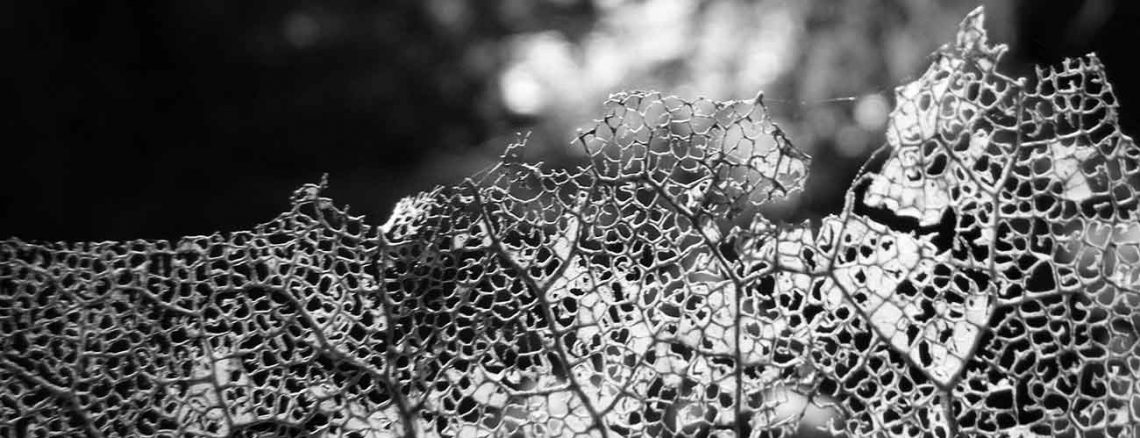

Proximities
What are we as humans surrounded by — do we choose to surround ourselves with — and how do we situate ourselves within language? What power does this positioning bestow?
We are at the start of a new season that brings with it the accumulated sense memories of fall, decay making way for rest and future growth. But our perception of time, reality, and each other is somewhere lost between the calamities of today and the impending catastrophes of tomorrow, real or imagined. As a result, we’re facing a blurred understanding of what is past, present, and future. Capitalism urges us to move forward while willingly ignoring what is happening right now. It is therefore imperative to center the fragility of the things dearest to us: our health, our relationships, our safety. How does this shifted focus change the way you interact with the world? How do we do things not in spite of but alongside — in relation to — everything that is happening around us?
For this issue, we want you to look at what and who is near you. Here, we are thinking about the word proximity. Its silences, opportunities, and actualities. What are we as humans surrounded by — do we choose to surround ourselves with — and how do we situate ourselves within language? What power does this positioning bestow? Proximity can be a form of intimacy that, in its most capacious sense, is an anti-knowing; the things and people around us are in constant flux, so paying attention to what’s changing can keep us open to change. We must persist in questioning dominant narratives while also honoring the limits of our attention, because we cannot continue feeling terrified and sorrowful all day. How do we find a balance between useful nostalgia and building anew, attuned to the possibilities of the unknown?
Proximity demands that we practice the art of attention. It asks us to consider the distance between “I” and “you,” to question the role of narrator and narration, and to actively recognize our relationships to language and empire. It urges us to regard transformation and change as not only markers of gain and loss, but as an integral part of our becoming. What are the cycles that structure your days these days, both the rituals that ground and the spirals that narrow? As climate change shifts our sense of weather and season, how do we adapt our rituals, our orientation to routine, or our boundaries with obligation? Or perhaps even more urgently, who has been by your side, your kin, through it all? And how do we determine what is worth giving our attention to; how will this shape our future?
The featured image is “skeleton leaf” by D G Brown.
Winter Edition
- All Post
- 16: Proximities
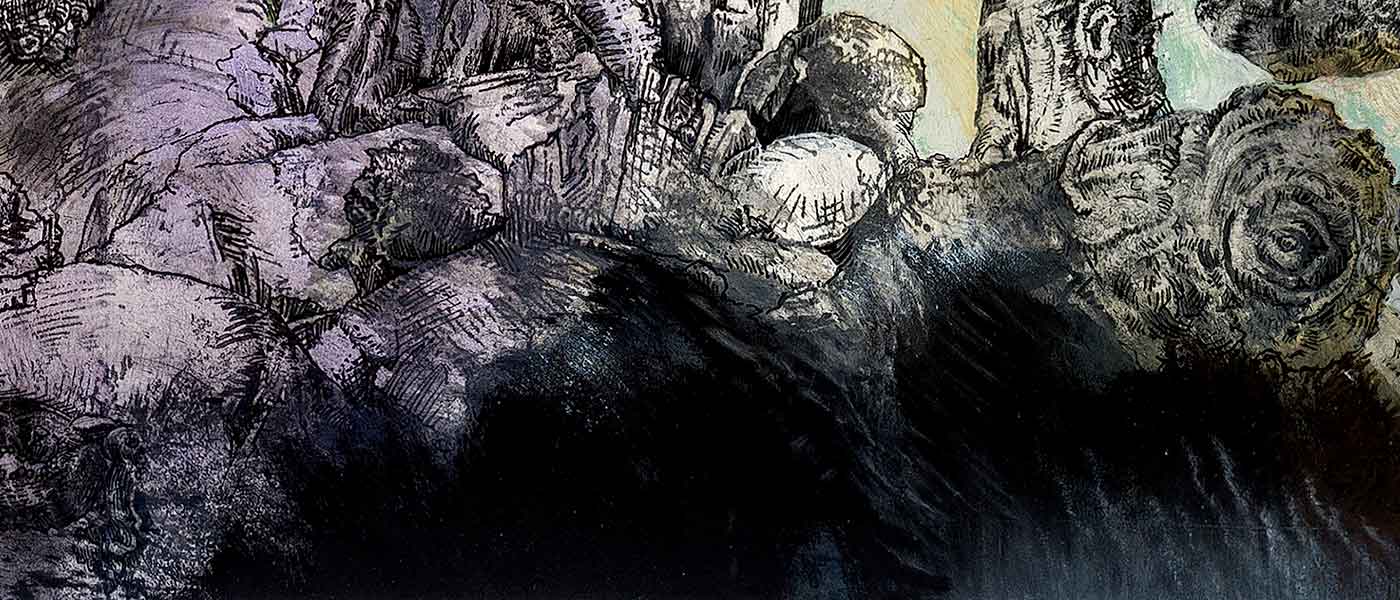
Every time I look up, it’s still there – the skeleton of the once bustling village where my / father…
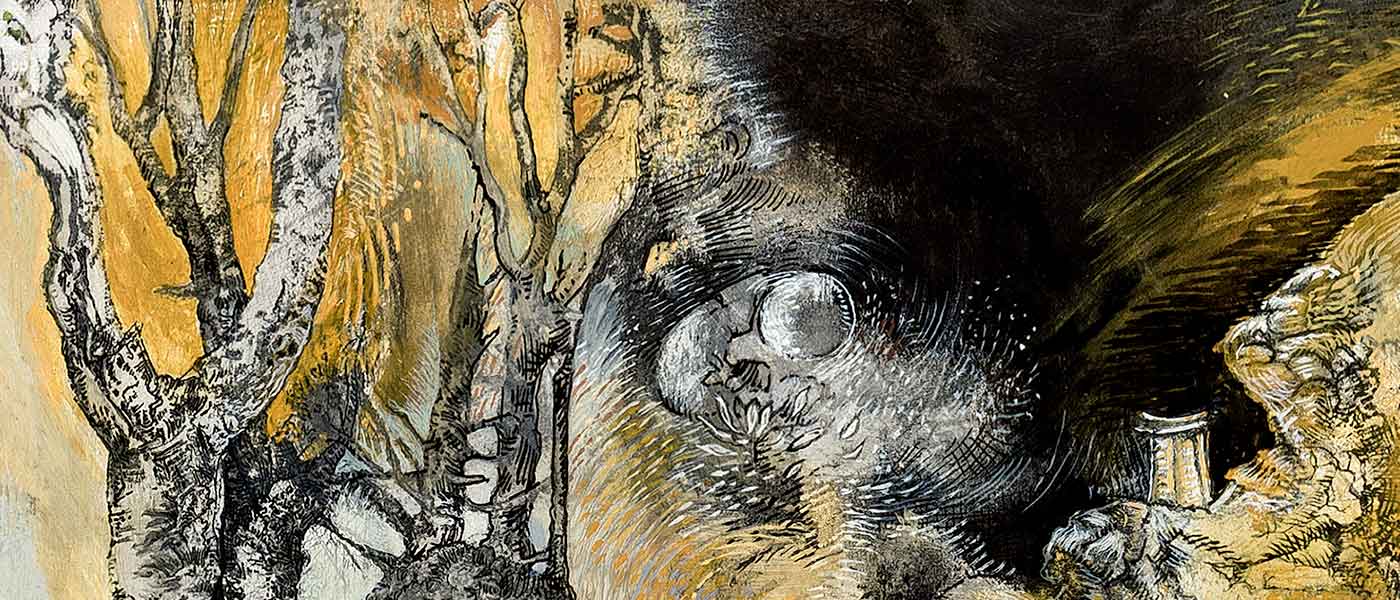
The summer before I published my first — and so far, only — book, my husband Alonso and I finally…
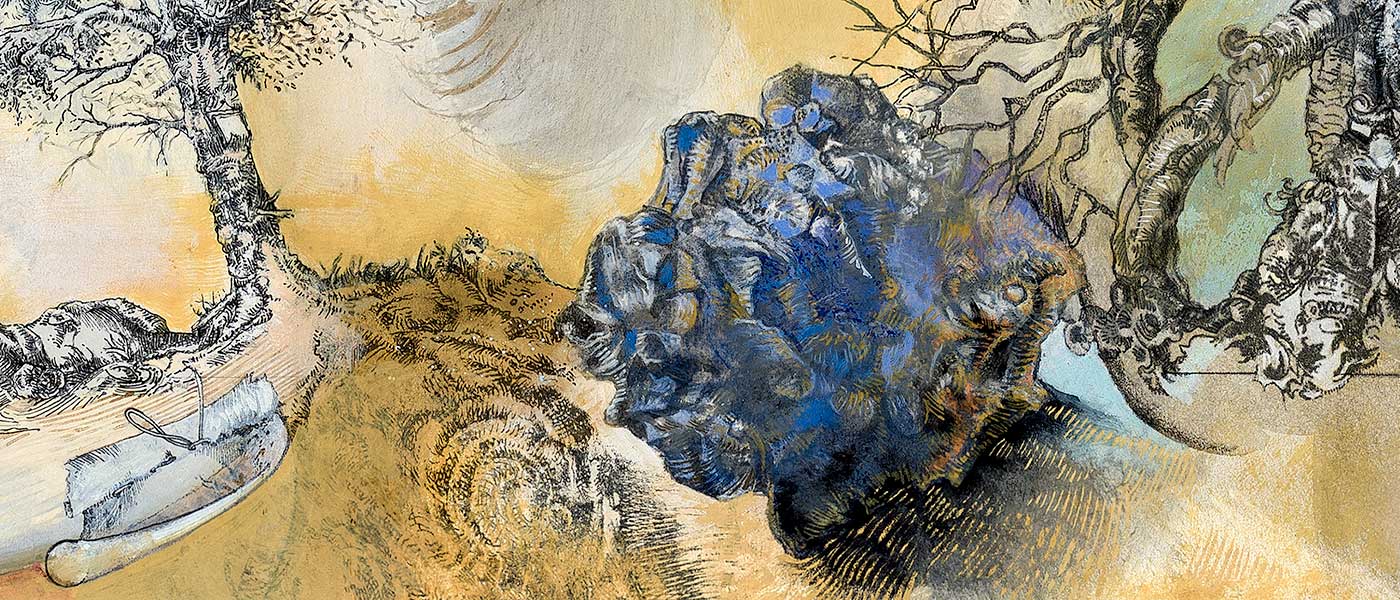
He owns seven New Balance shoes, all rights / that have lost in this house their one-time partners.
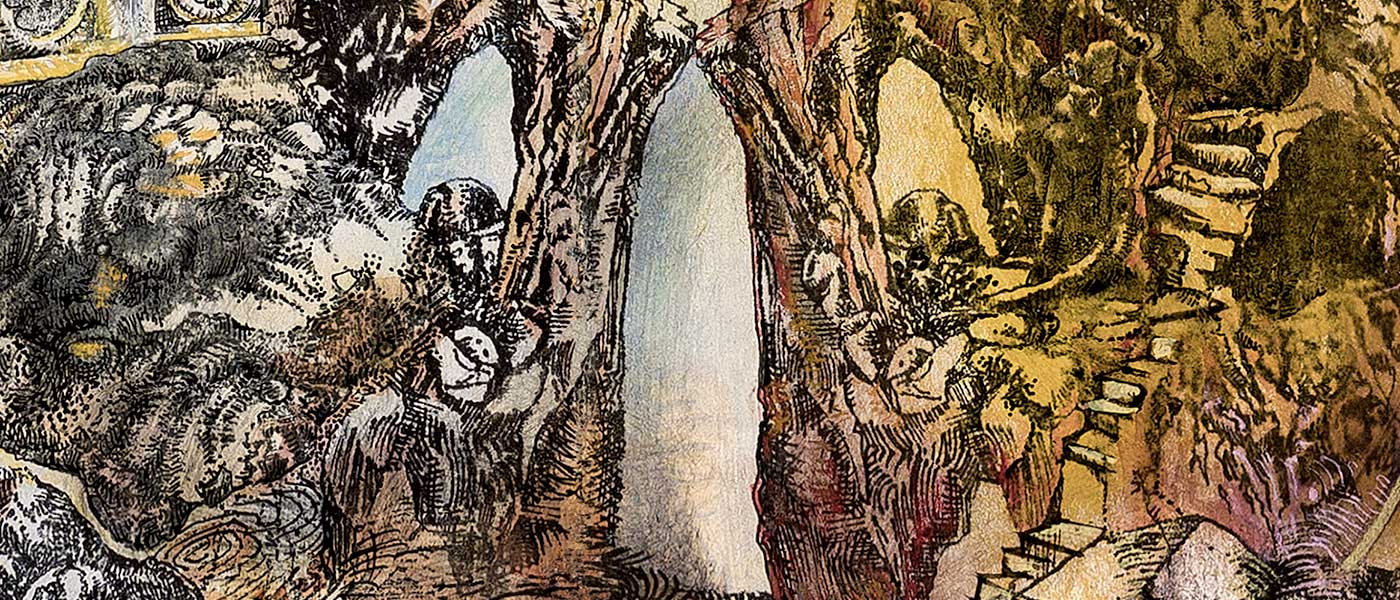
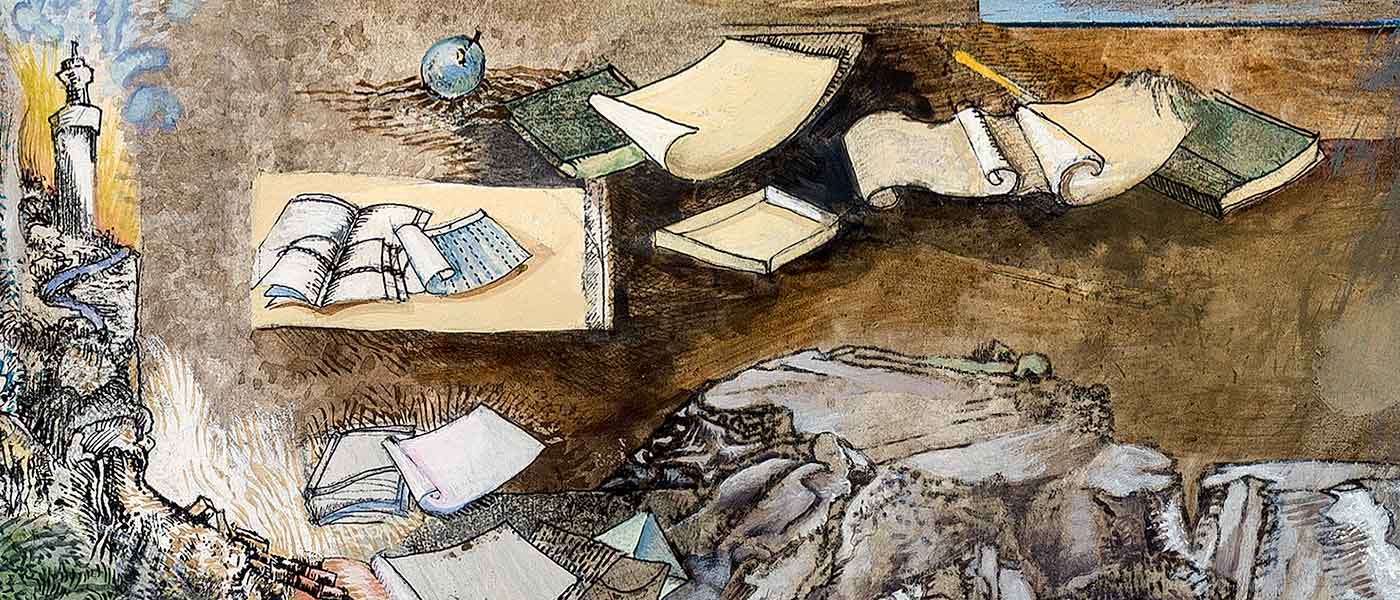
A little rasp in its throat whittled the exhaling air. The auk laid down at last / and stayed there,…
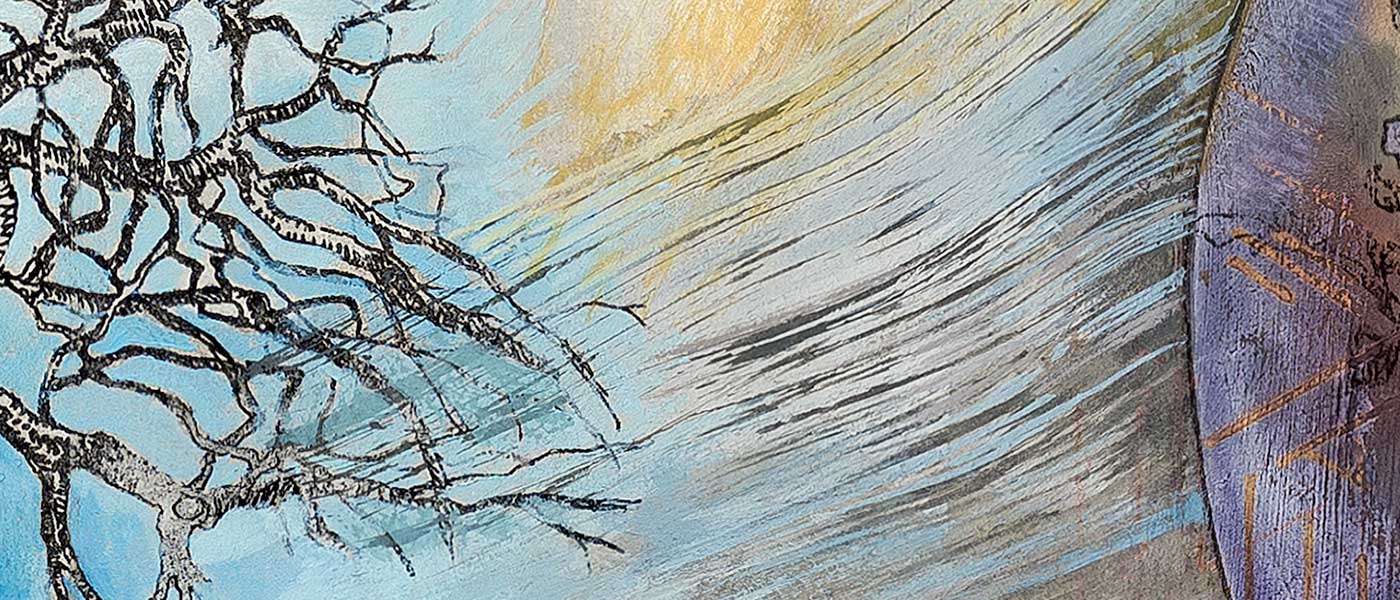
soundtrack: fall in love (remix), slum village / because it just might, / i dance like my life depends on…
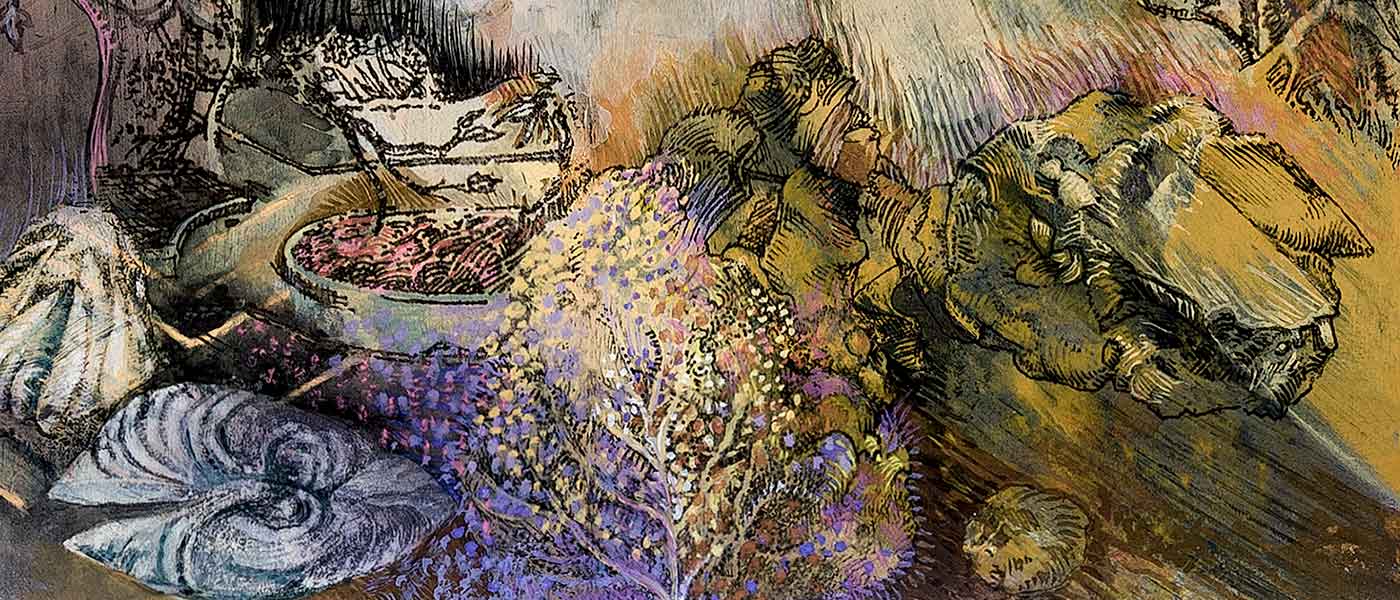
Every poem I write opens with a parent. How else / do I bless the ones that birthed me?
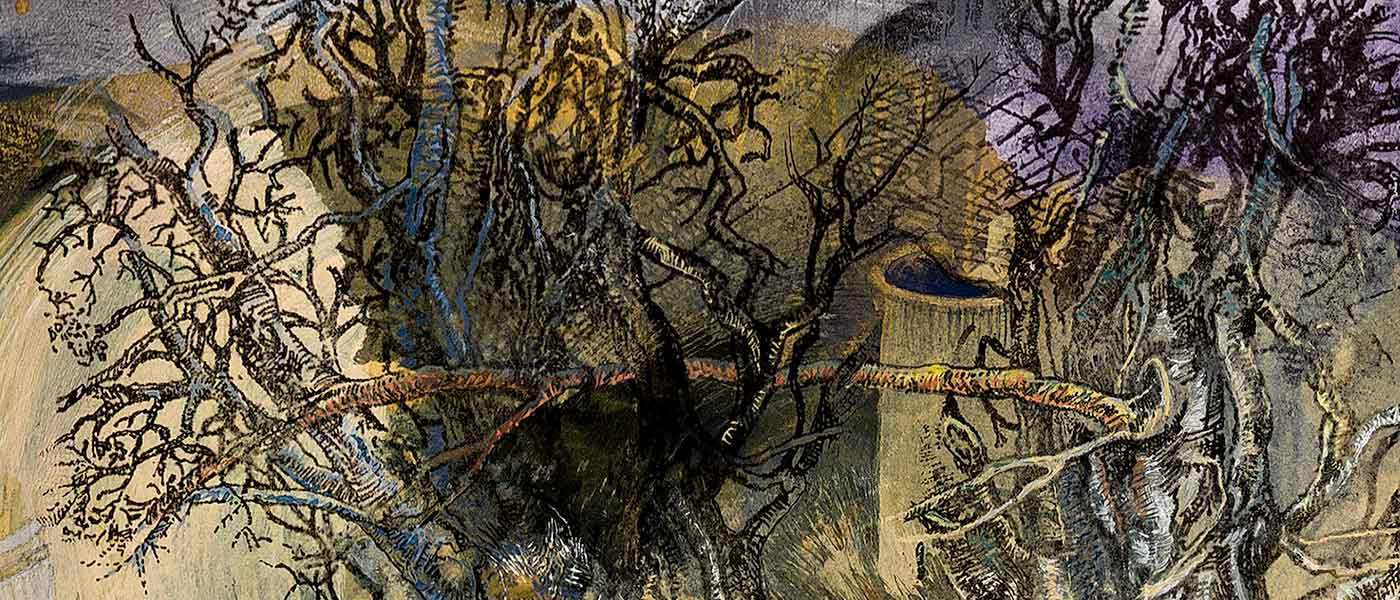
I said goodbye to my father for the first and last time, after his death, in the quietest place in…
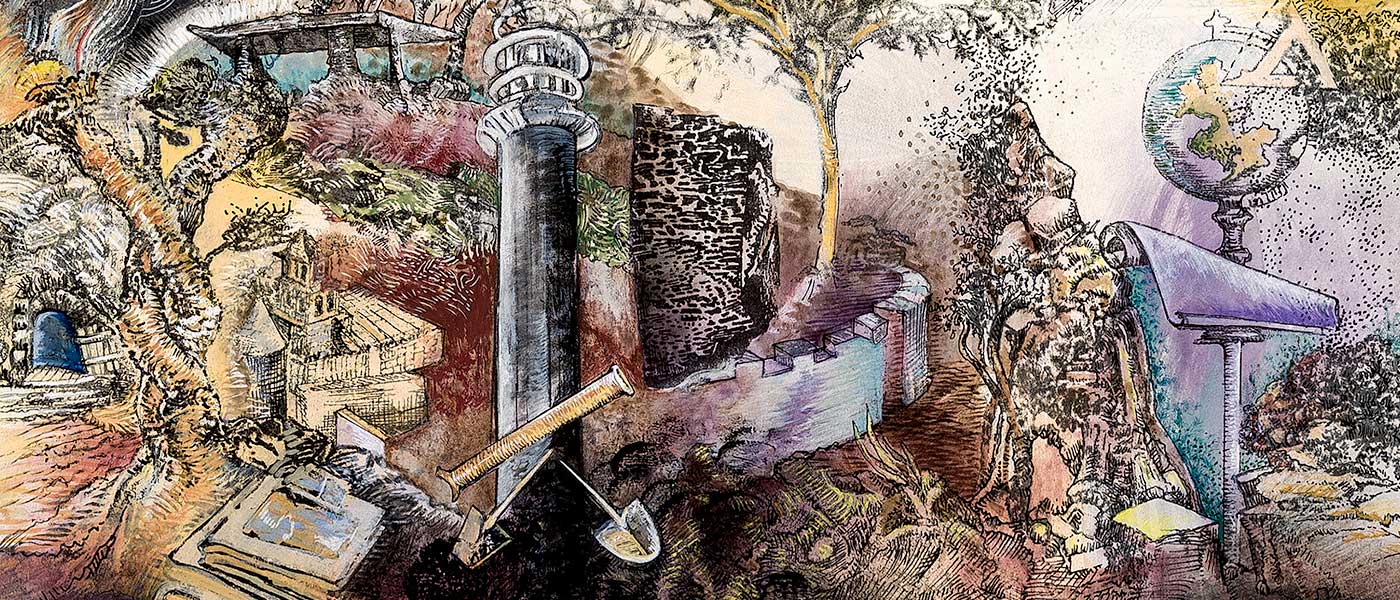
The problem with draining the world from your head / is what rushes in to take its place.
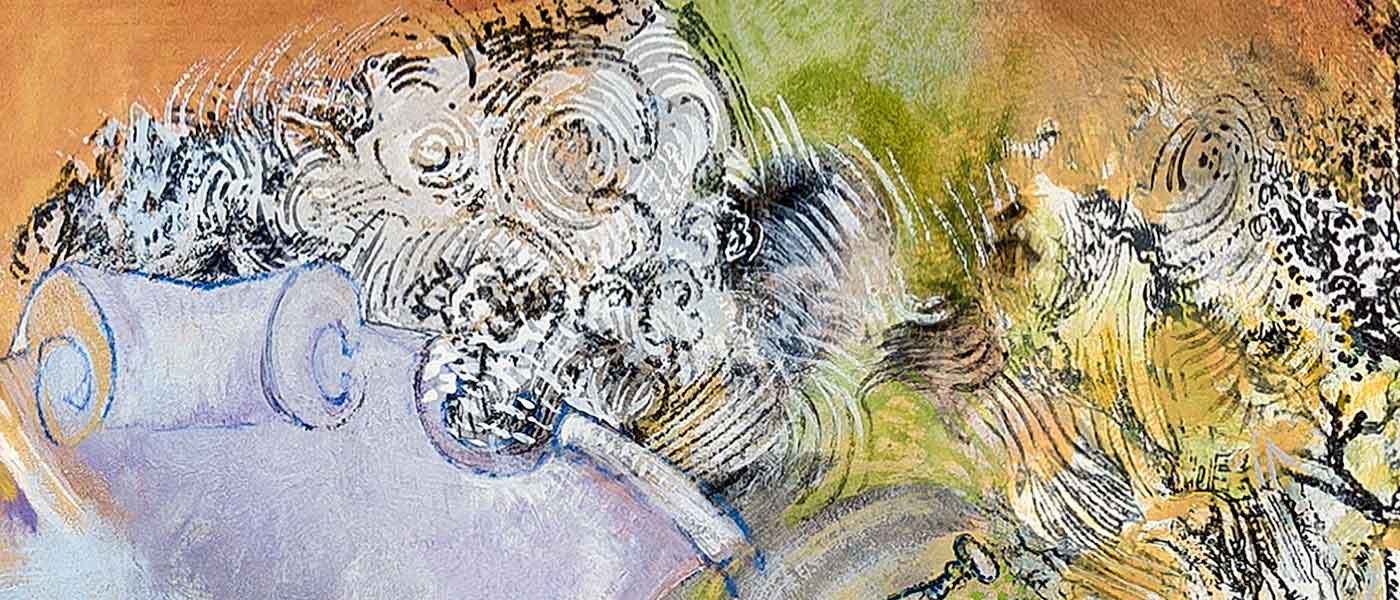
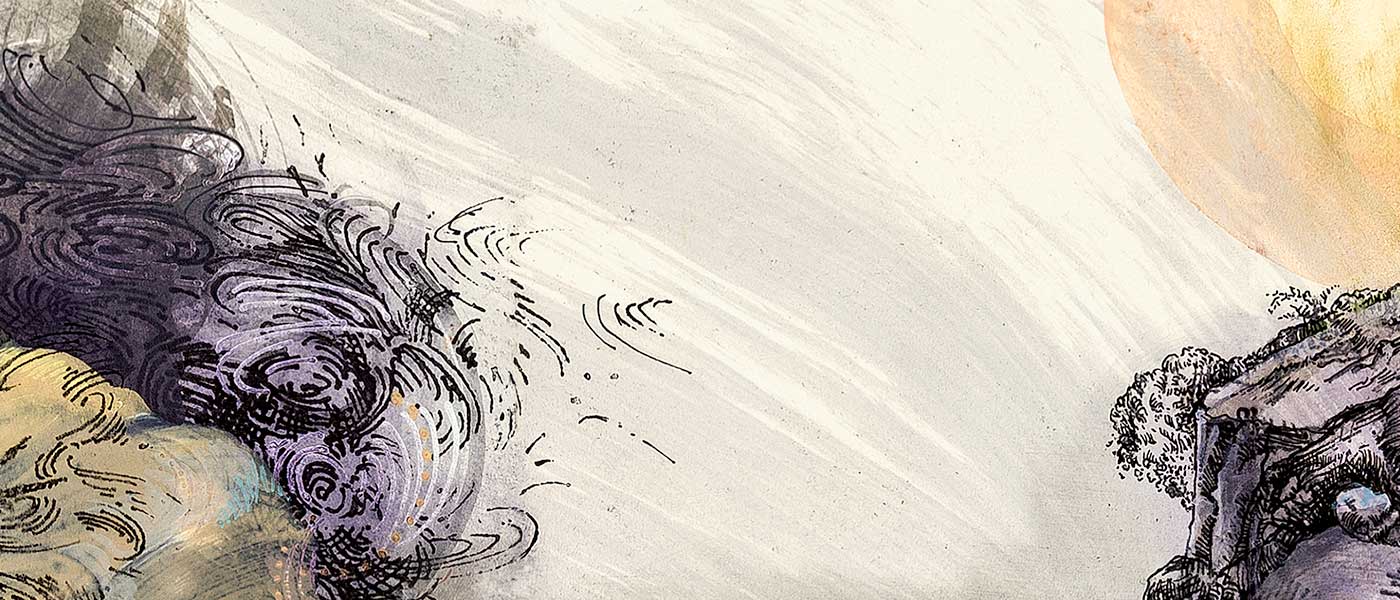
so i keep renewing her favorite book / on our shared library card.
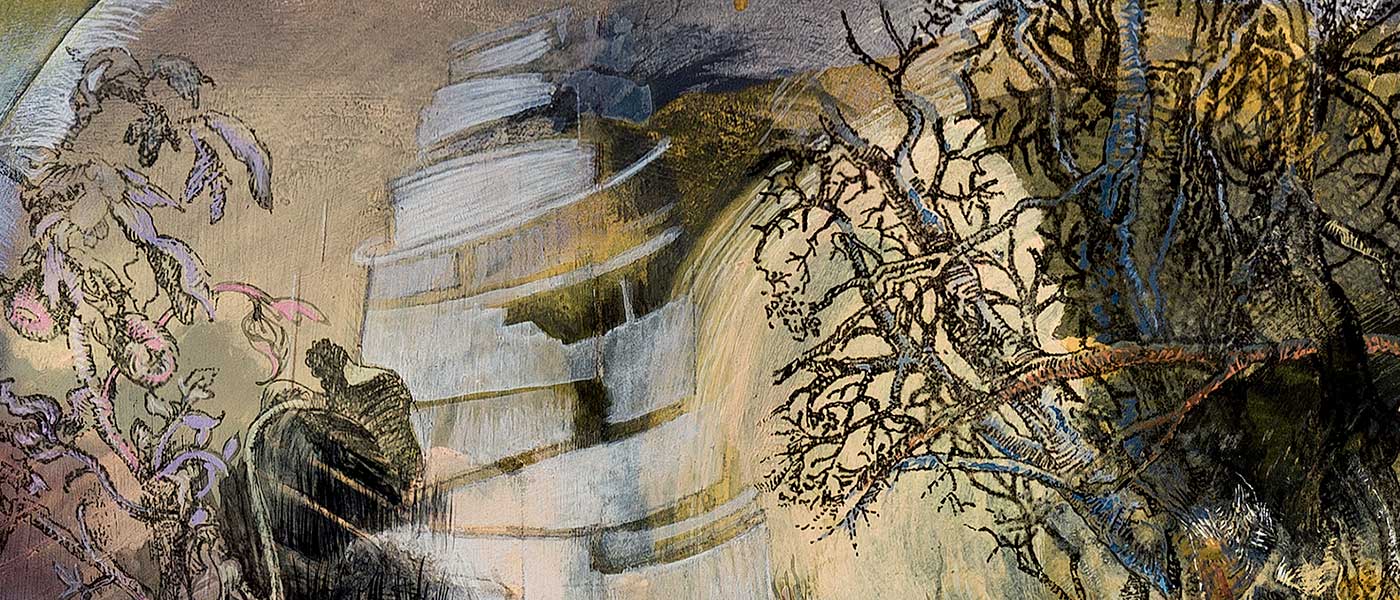
Here, lens flare recalls the burn holes in her nightgown.
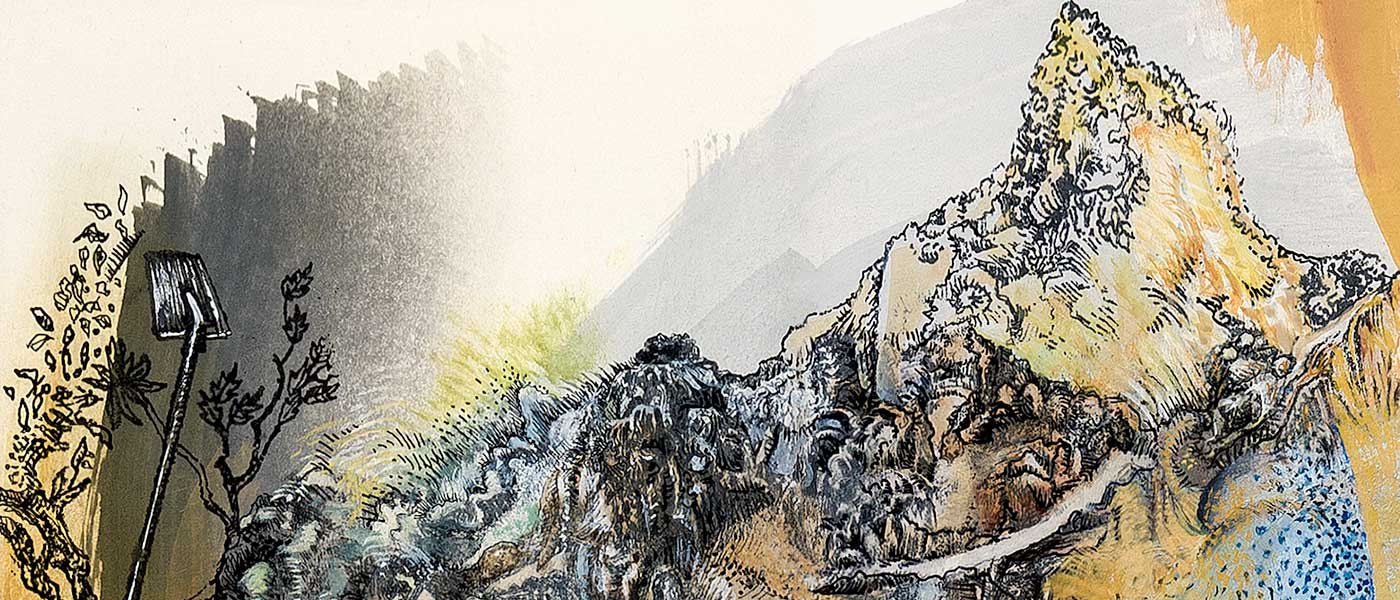
I would like to tell you about my mother’s erratic heart, or share what I know of Las Patronas
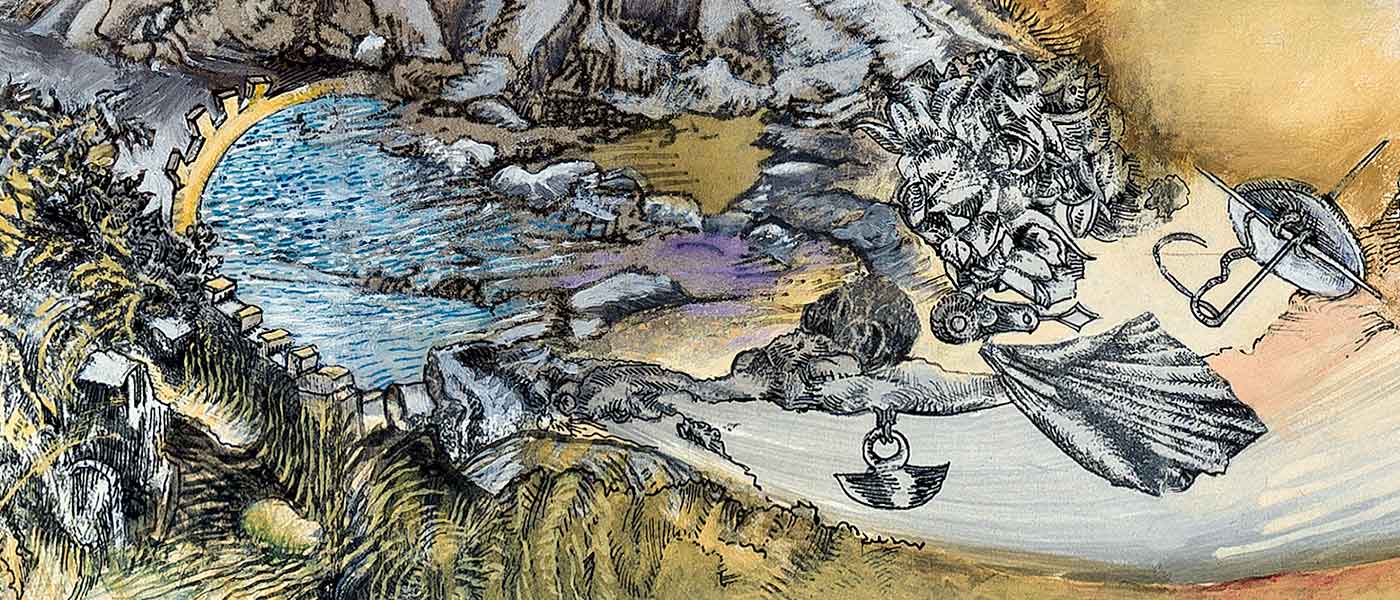
in the beginning there were no lines no markers of where & what belong to whom / or why
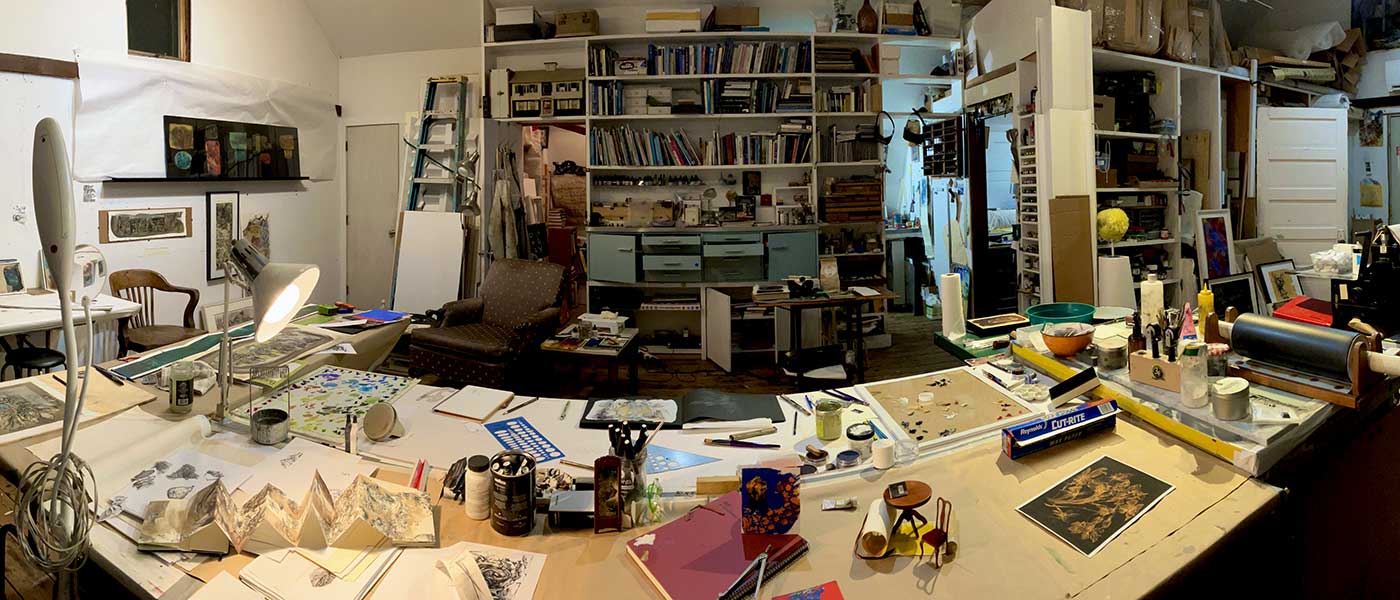
Mixed media artist Ellen Wiener on the featured art for issue 16.
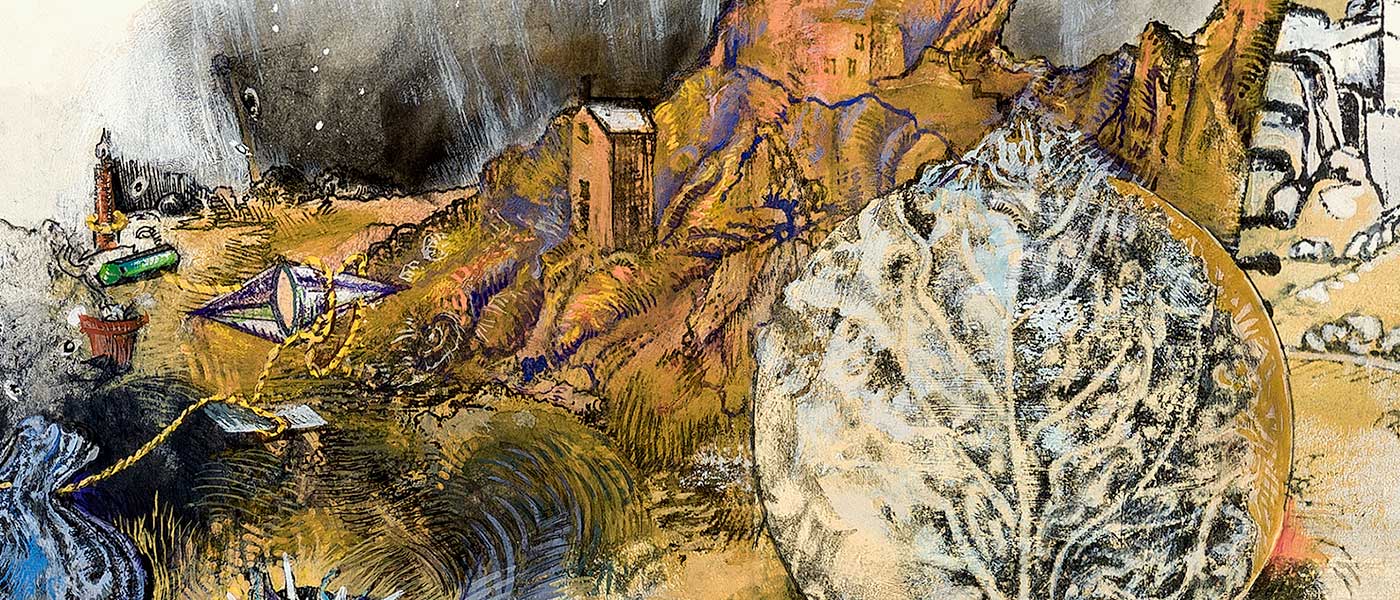
the mother circulates through Berlin’s arteries, / smacking through streets and bike lanes until a / DHL worker delivers her…
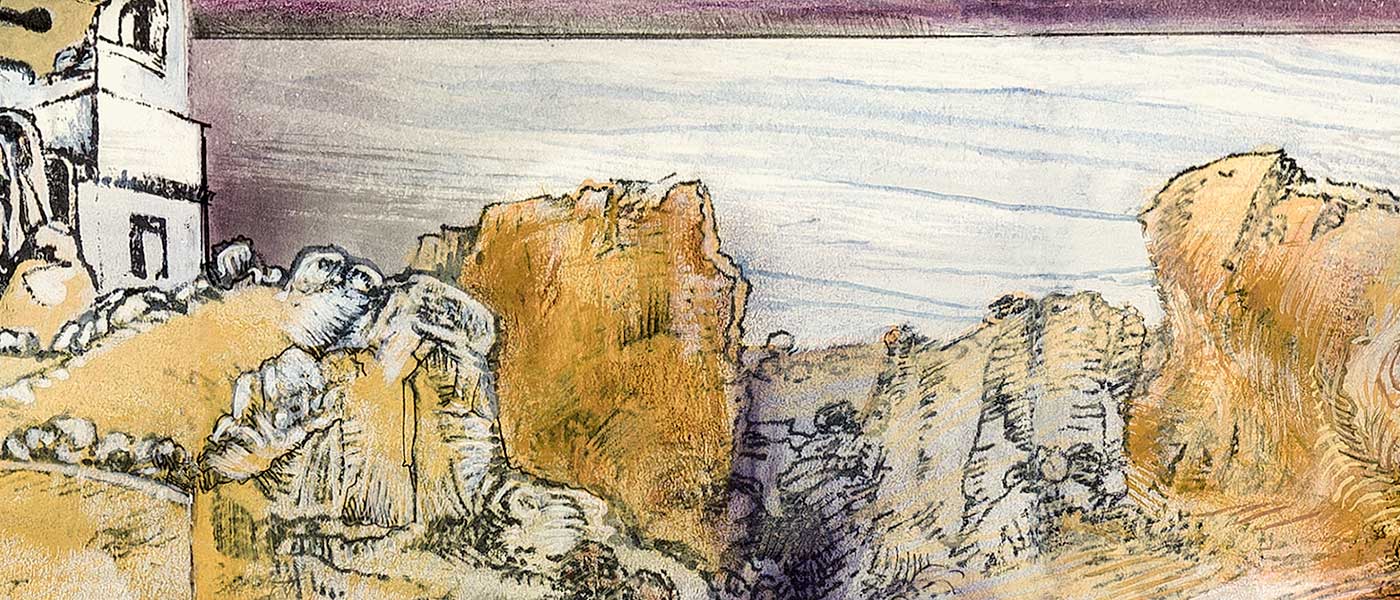
In the house is a horse, or the house itself is a horse.
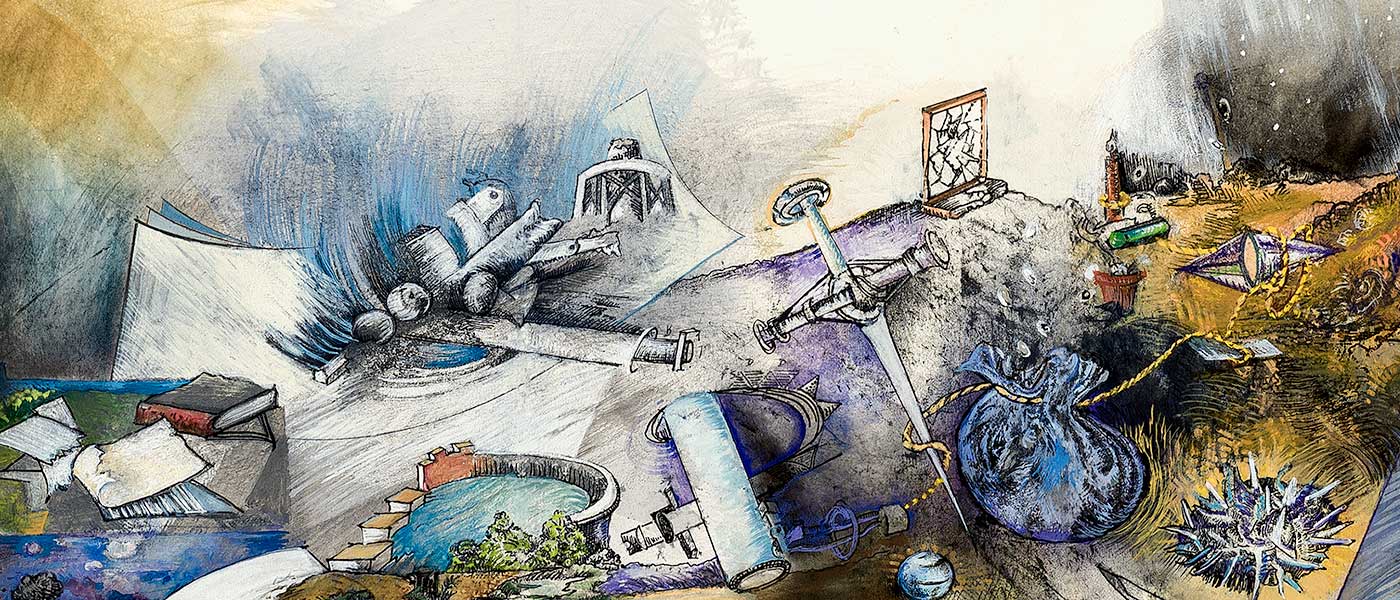
We sit across from each other to play the game Othello.
Spring Edition
- All Post
- 16: Proximities

Endings begin with a rumbling: / clap of thunder at the top / of the finale, creak and release /…
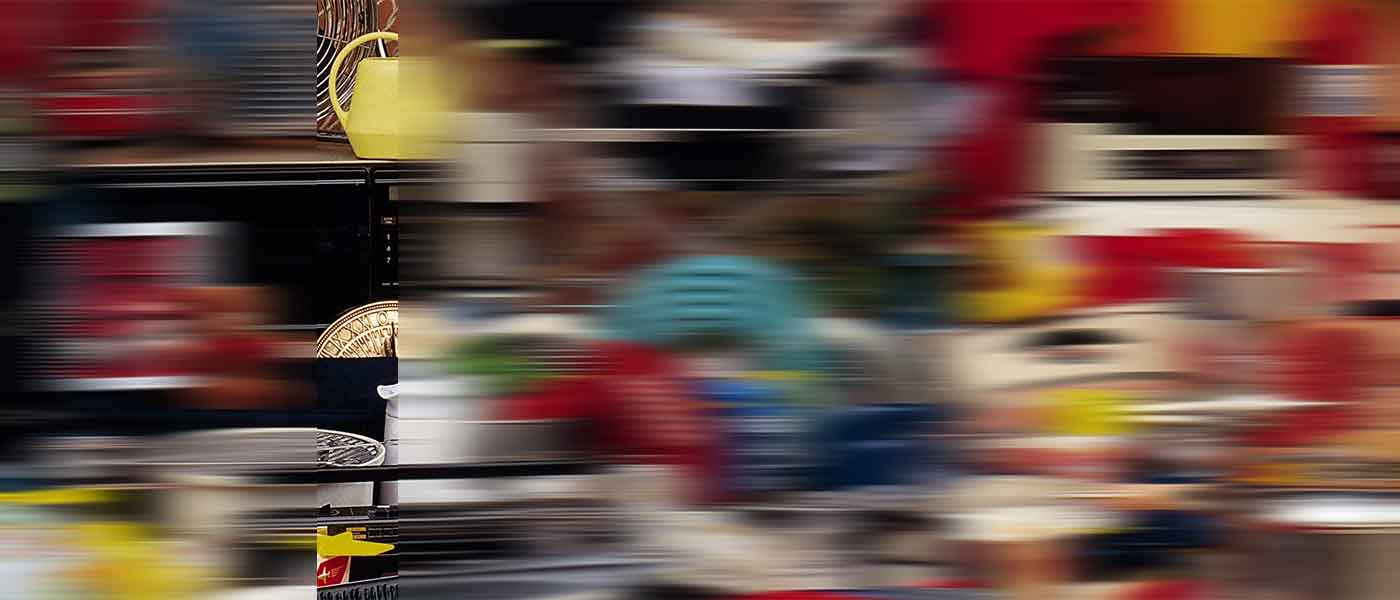
There’s a legacy of stuff passed through my family, especially on my father’s side.

First I wake the body / to unring a bell— / as the proctor rolls up I slam down right…

In our youth, glaciers winged free to the highway.

In December, Karen and her family left the murky skies of Philadelphia behind and touched down at LAX on a…
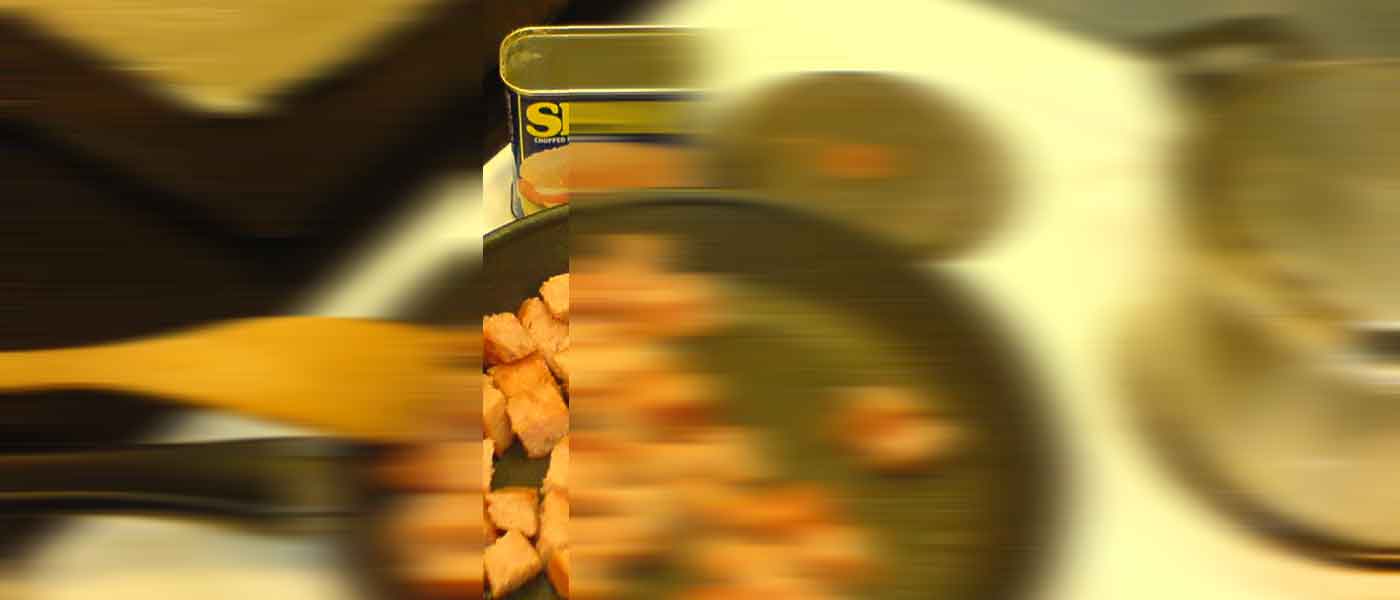
Started telling my grandmother / I love her. Loudly, daily, over video calls with / my mother, my mother holding…
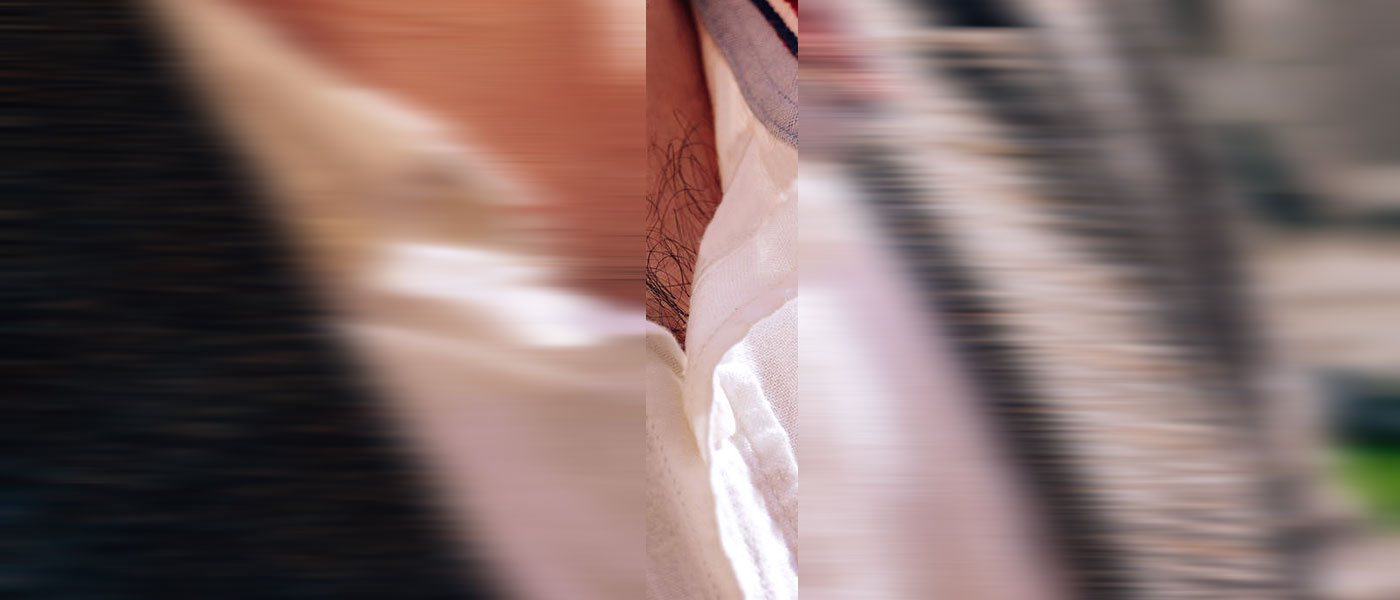
A man I didn’t love / died today—a growth / in his colon’s fragile spiral.

Are / sleep nets / sparse / dense / or selfish / in their / weaves?
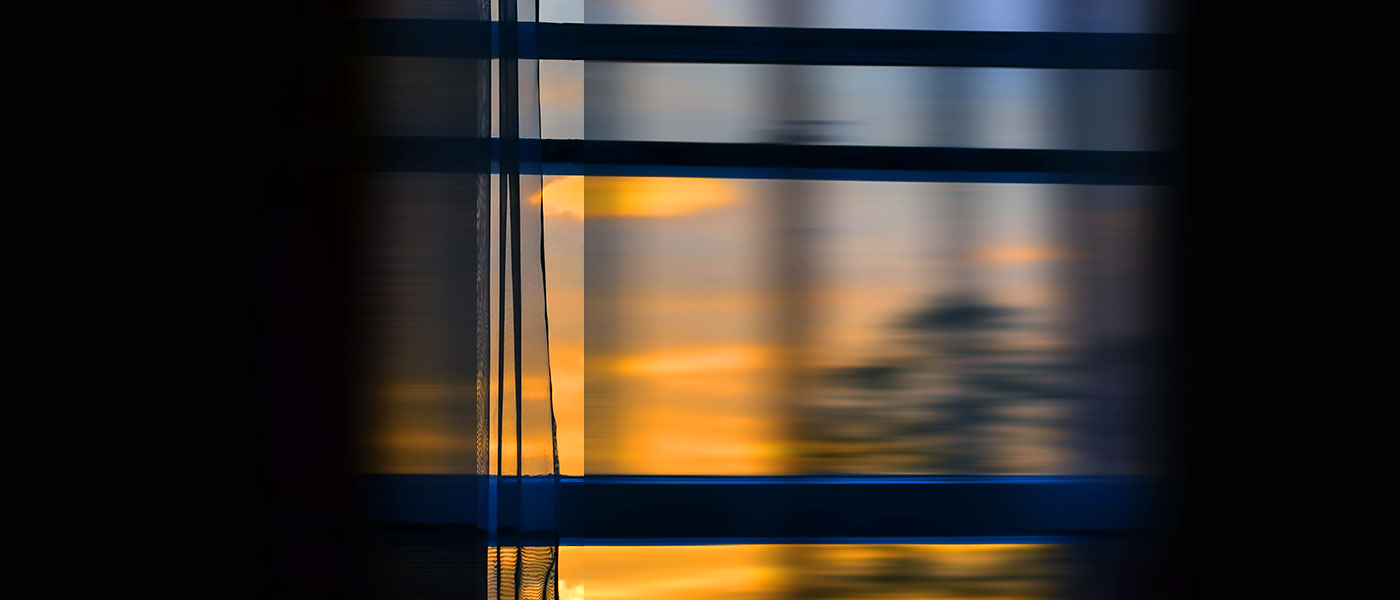
I am dirt, bruised by lake light. white rain, mauve / clouds, the sky’s breath leaking.

They make border out of moving body / and announce that it is dying / and that Mexico owes the…
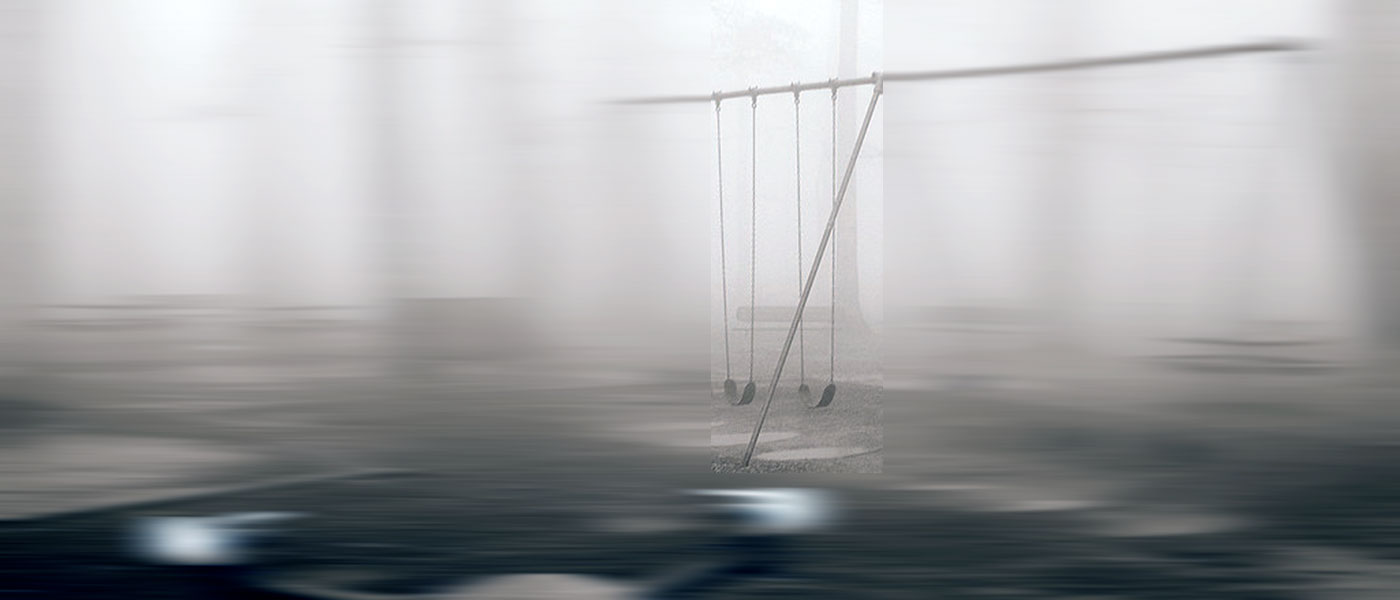
Empty basilica, wood slat / walls, white Jesus expressionless. / Blue eyes and blue eyes and blue / eyes and…
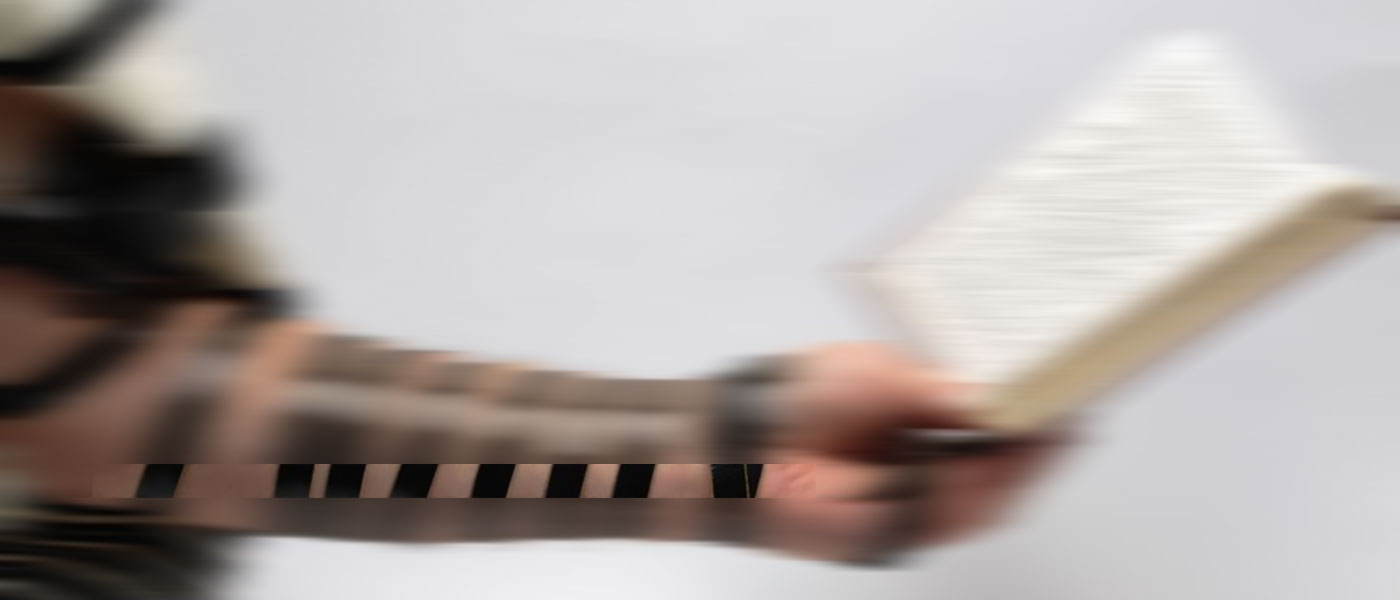
it’s 1906 / my great grandfather Sam lays tefillin / for the last time then leaves / them on the…
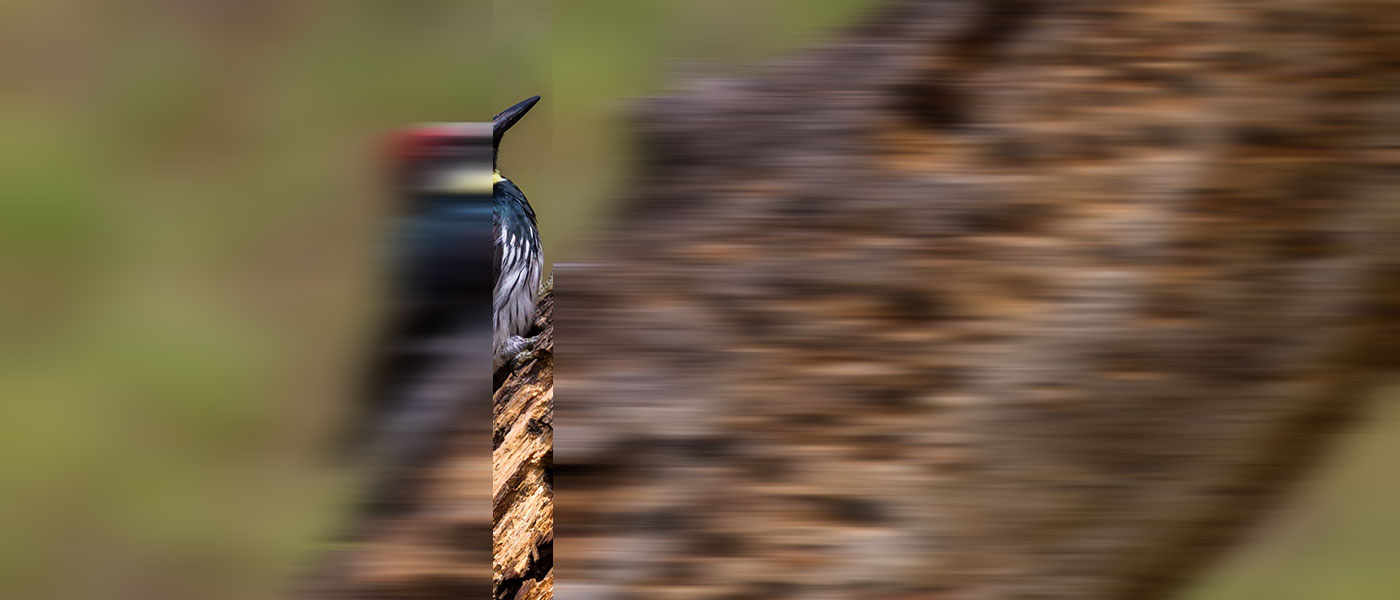
This past November, I was a visitor in a house with many presences: a mouse in the ceiling, ladybug colonies…
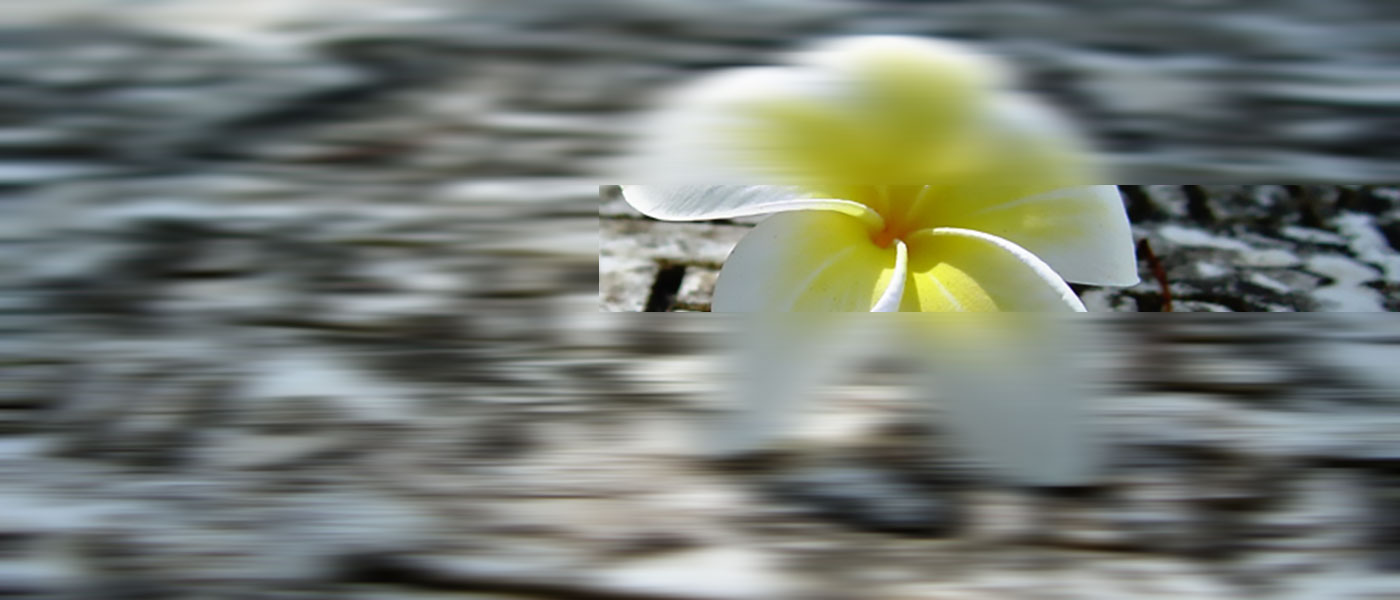
The frangipani’s last falling flower makes its way to a graveyard on the passing-by shroud?
![like [my] mother, like me](https://www.theseventhwave.org/wp-content/uploads/KatieLeeEllison.jpg)
If the bath is a womb, the shower is a river, a rain. Distance between droplets makes a better clean,…